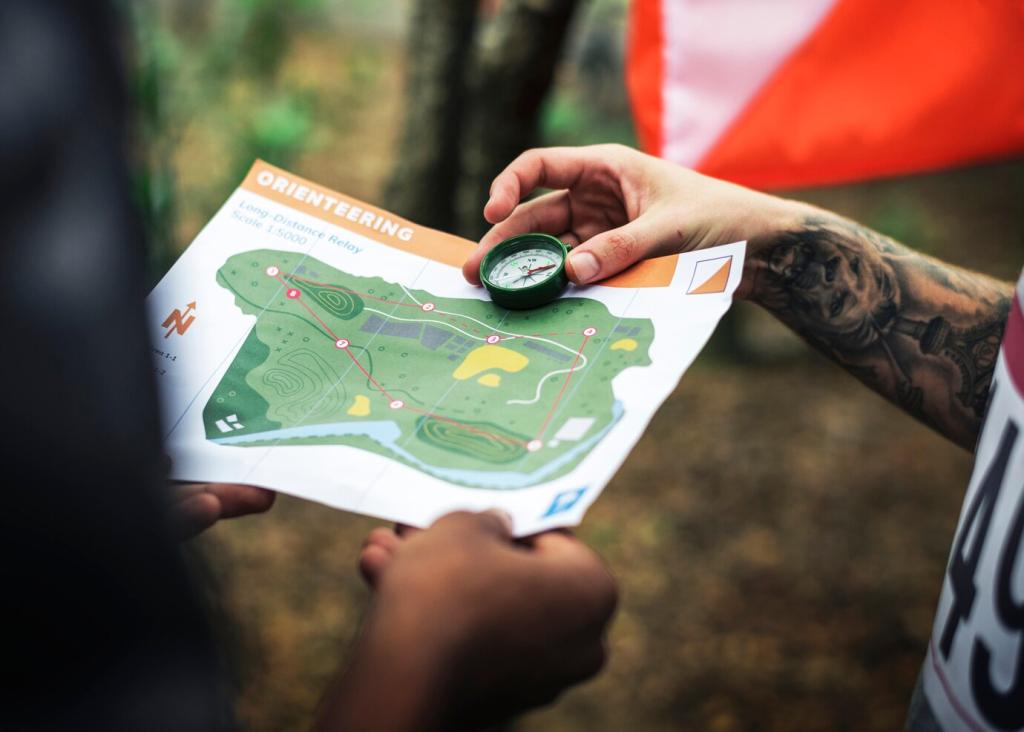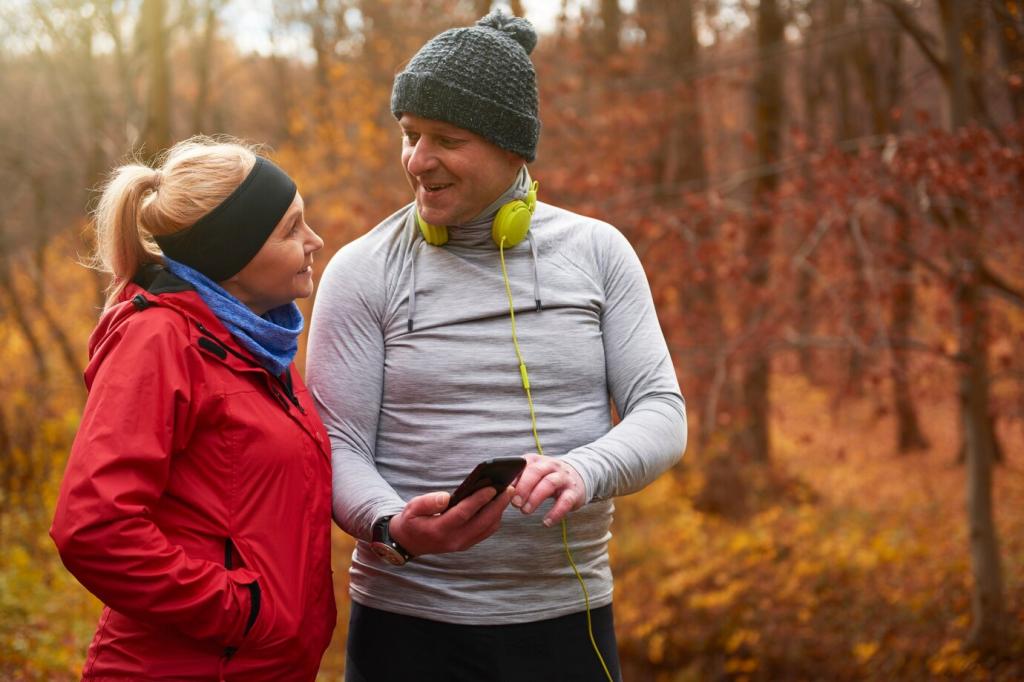Weather Smarts: Heat, Cold, and Storms
Watch for cramps, headache, nausea, and confusion. Move to shade, cool the body with water and airflow, and replace electrolytes. If mental status changes or sweating stops, treat it as a medical emergency. Call for help, cool aggressively, and do not delay evacuation decisions.
Weather Smarts: Heat, Cold, and Storms
Wet layers and wind rapidly strip heat. Add insulation, block the breeze, and swap to dry clothes. Offer warm, sugary drinks and rewarm gradually. A hiker once admitted shivering long before mentioning it; speaking up early saved the group a difficult nighttime descent.






